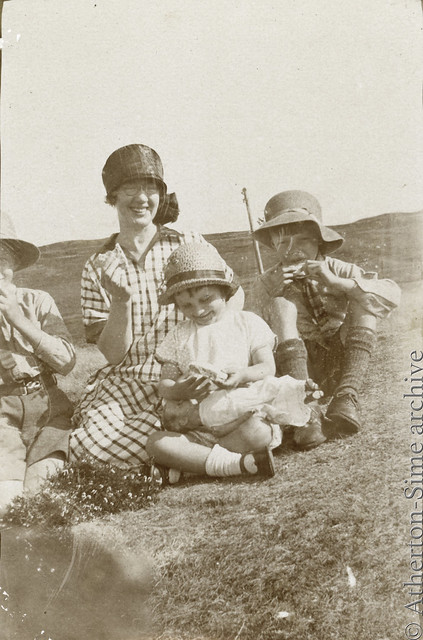Has everyone discovered the 1939 Register of England and Wales? Surprisingly, it doesn’t seem to be affected by the 100-year rule that prevents census returns being released for a century. At first glance, it doesn’t expose any secrets but … it could come in handy, especially in the early stages of research.
According to Ancestry.co.uk:
The 1939 England and Wales Register, taken on 29th September, provides details of an estimated 40 million people residing in the country at the time.
It was taken barely three weeks after Britain declared war on Germany and its allies, and was presumably the basis for the issuing of Identity Cards for all British residents.
Here, for instance, is the 1939 entry for my father, at home with his parents, sister and brother.

First gem – the actual dates of birth of everyone in the household – whilst I knew my father’s, I didn’t have those of his siblings, and had to buy birth certificates to get those of his parents – in my grandmother’s case, not as easy as it sounds. If I’d had access to this file, I could have been more confident in my searching.
And then there is the information gleaned from the occupations. My grandfather – who was mate on a coaster during WWI and – later – master of his own coaster – is listed as a dock pilot. I knew my father was in his final years at university, and that his war work included developing fire-retardant paints for aircraft and troop-trains, and – perhaps – an anti-radar paint. Given his knowledge of chemistry, it comes as no surprise that he was also a Gas Identification Officer with the Liverpool Air Raid Precautions team. The information about my aunt, though, would have been useful if I hadn’t already learned it from my cousin. Her surname had been crossed out and her married name written above (she married in 1942). Far more surprising, though, is the partial scrap of information in green ink, asterisked in red, at the far right of her line. It reads:
* D 12.11.8… / 25.11…
The first is almost certainly the date of her death, on that date in 1984. Perhaps the second date was her funeral? I can’t remember exactly when that was, though I was there. The extraordinary part, though, is that this paper record was unearthed and updated, by hand, more than 45 years after it was originally written. There are no other similar entries on that page, and my uncle’s and father’s deaths in 1990 and 1992 aren’t recorded – and nor are my grandparents’ in 1968 and 1972. Why was my aunt singled out? I doubt if I will ever know.
The point I’m making, though, is that this register just might contain unexpected hidden treasure. At the very least, it’s worth taking a look.


















